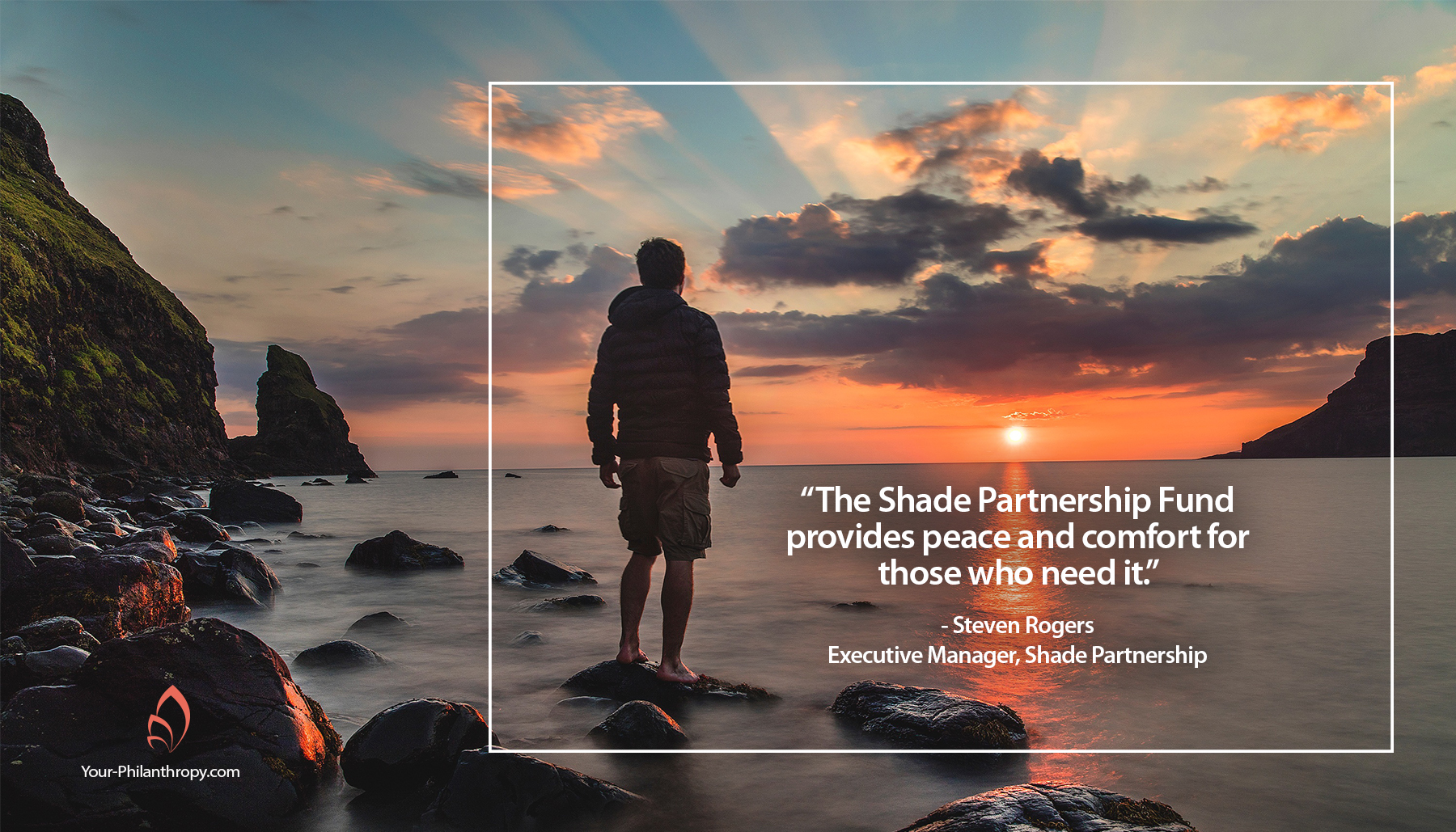Steven Rogers is a nextgen giver raised in Tyler, Texas, in a family that is serious, but quietly active in the giving community. Today he works as a business consultant and has been working with clients both in the U.S. and Mexico.
When he was in his senior year at Wheaton College in 2007, he and 19 other men formed The Shade Partnership Fund, a giving group to hopefully help continue their friendships and do something to impact the world.
By early 2008, Fund members had come back together as a group and were working on a mission, constitution, and structure. By 2009, the first round of funding was going out. We talked with Steven to see what’s new and what he’s learned in the past years of collective giving:
YP: Why did you name your giving circle “The Shade Partnership Fund”?
SR: Shade provides peace and comfort for those who need it; Partnering is what we do with the organizations we support; and Fund, because it’s technically what we are, and it’s the primary way we support organizations.
YP: Are spouses or families involved in the giving?
SR: Not directly, but most of the married men in the group consult their spouses before making financial pledges and also before voting on grants. It’s essential to have their support, and discussion of family involvement often comes up at the meetings. But the structure isn’t expected to change anytime soon.
YP: I know you meet once a year for your annual meeting and have regular conference calls, but are you guys all still friends throughout the year as well?
SR: Yes, especially those who live near each other. But it’s tough, as we’re spread around the country (and some globally). That’s part of what makes our annual meetings so special and enjoyable.
YP: How do you decide the amount to put into the fund each year?
SR: Each member makes a personal pledge for the coming year (usually in consultation with his family and at least one other member of the group), and is held accountable to it by our Treasurer. With only internal funding from members, we’ve had great growth in donations and grant amounts since we started, which has been exciting and encouraging.
YP: Do you take turns with responsibilities of the fund?
SR: We are managed by a board of managers who are voted in each year by the group. There are five members of the board, each serving staggered, two-year terms.
YP: What organizations are you currently funding?
SR: In 2016, we voted to give grants to these organizations: These Numbers Have Faces, Agua Viva Children’s Home, Memphis Teacher Residency, R1:99, Tesoros de Dios, and Real Escape from the Sex Trade (REST).
YP: Any certain areas you do not support?
SR: We do not give to organizations that are not explicitly Christian or who do not have a stated goal to advance Christian causes. That said, our grants have tended to focus on organizations supporting education and holistic development, among other things, with each grant recipient meeting certain criteria we’ve set (leadership, experience, financial strength, accountability, history of success).
YP: Do you still work with the National Christian Foundation?
SR: Yes, we are still a donor-advised fund through NCF. As we have grown rapidly over the past six years, we are starting to explore the costs and benefits of staying a DAF versus establishing our own 501(c)(3).
YP: What are some of your challenges? And what has given you the most joy?
SR: Lately some of the biggest challenges have been attempting to narrow our giving focus (what kinds of organizations to give to and how to weigh grant applications against each other); and how to manage our growth (DAF vs. 501(c)(3); and when to start giving from the base, not just annual donations.
The biggest joy has been twofold: Getting together each year is always a highlight of mine and many other guys for the year, and actually giving the money and hearing back from organizations — learning how the money is being used — is always fun and encouraging.


0 Comments